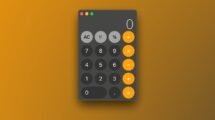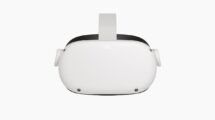Measuring the blood pressure is the first thing that every doctor does while examining a patient. A doctor uses a stethoscope, blood pressure cuff or a carefully placed pair of fingers for monitoring the flow of blood and it all comes to a single point in the body. However scientists have developed a new technology that tracks the blood flowing around the body, and it does this without making any physical contact with the skin.
Using a patent pending technology codenamed Hemodynamic Imaging, researchers at a Canadian University have developed a touch-free device that monitors vital signs that could lead to improved detection and prevention of some cardiovascular problems like hypertension, as well as greater independence for older adults.
This process will be particularly useful in the geriatric patients or burn patients. It is ideal for assessing patients having painful burns or contagious disease or neonates in intensive care whose tender fingers make it impossible to monitor their heartbeats.
Elaborating on how the system works Robert Amelard, a recipient of the esteemed Alexander Graham Bell Canada Graduate Scholarship doled out by the Natural Sciences and Engineering Research Council of Canada, explains that conventional method of taking blood pressure involves reading from one spot only. With this device, one can measure blood pressure from different parts of the body. All the measurements are relayed to a computer for continuous monitoring.
Since data is being obtained continuously from different parts of the body, it helps the doctor know what is happening in different parts of the body. It also opens doors for more advanced monitoring about what can be done with conventional single point method.
Professor Alexander Wong, from the Faculty of Engineering at Waterloo and Canada Research Chair in Medical Imaging Systems said this device is valuable in situations where multiple patients can be scanned at once or from a distance or long-term care homes.





1 Comment